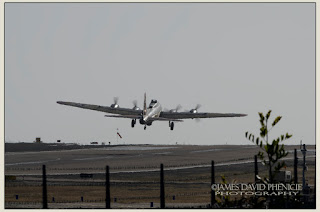I remember those old Western movies showing the cowboys and
Indians as they rode through a valley, up over a mountain, playing
hide-and-seek among the majestic Saguaro cactus in the deserts of the Wild West. Those scenes were imprinted in my mind knowing
that the big cactus were part of the great west and important to that movie genre.
Ah, but low-and-behold, the Saguaro Cactus is only unique to
the great Sonora Desert, with its six biotic climate areas, ranging from
Tucson, AZ in the north to down into Mexico; it is Mexico’s hottest desert! The cactus has been depicted on many of a
movie set in locations where they can’t grow.
But seeing that huge cactus in cowboy movies helped the directors give
the viewer an instant connection to the “Westerns.”
The Sonoran Desert is home to the unique Saguaro Cactus,
tall with stubby and branching arms and covered with prickly needles, or spines. The climate in the desert is perfect for its
life cycle, and for the health and preservation of the species and the Saguaro
is only native to and exclusively found in the Sonora Desert.
The Saguaro is the largest cactus in the United States, it
grows very slowly but it can ultimately grow to sixty feet tall! The plant can live to as much as 200 years
old and the plant receives most of its moisture during the rainy season. As the
cactus absorbs rainwater, it visibly expands, using the stored water as
needed.
One unique aspect of the saguaro is the development of
graceful arms which protrude out and upward.
If a saguaro doesn’t have side arms it is called a “spear.” The arms are developed to increase the plant’s
reproductive capacity as they lead to more flowers and fruit per plant.
The Saguaro National Park (US National Park) is located just
outside of Tucson, AZ and it offers visitors a chance to get up and close to
these marvelous and unusual plants. The park
has an eight-mile winding road through the desert where these spectacular
cactus live; pull over and get out and view the cactus up close and personal
(be careful). Look around and take in
the other desert plants like the Fishhook Barrel Cactus, the Teddy Bear Cholla
Cactus, the Jumping Cholla, and the Pricklypear Cactus.
Although the cactus isn’t on the endangered species list, it
is never-the-less protected by law, so leave it alone.
Photo of John Wayne courtesy of WWW.
All other photos shown, photographed by ©2019 James David Phenicie; www.jamesdavidphotos.com
Carlsbad, CA
#cactus #saguaro #photograph #National Park #Saguaro Cactus #Tucson #Arizona






























